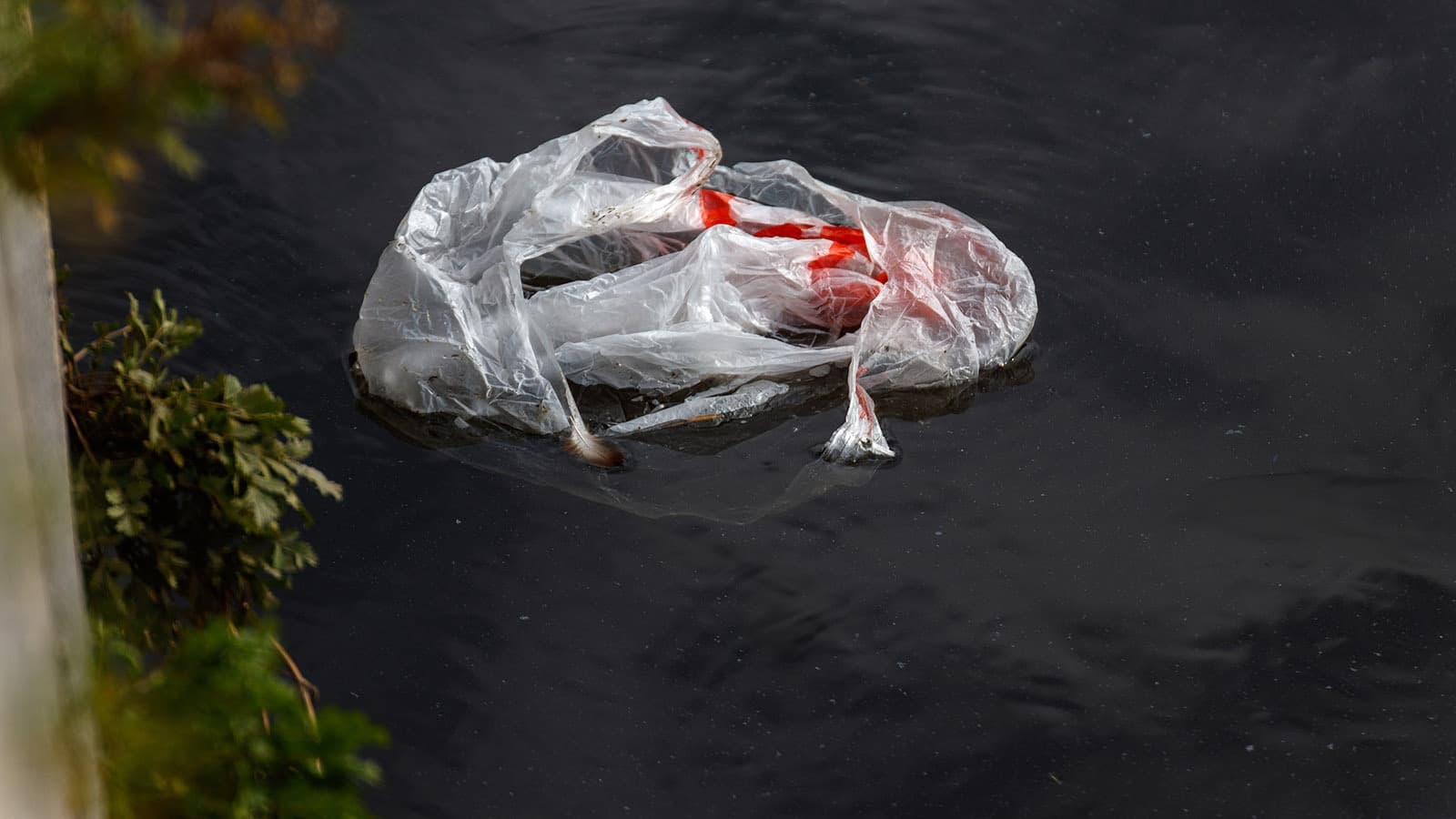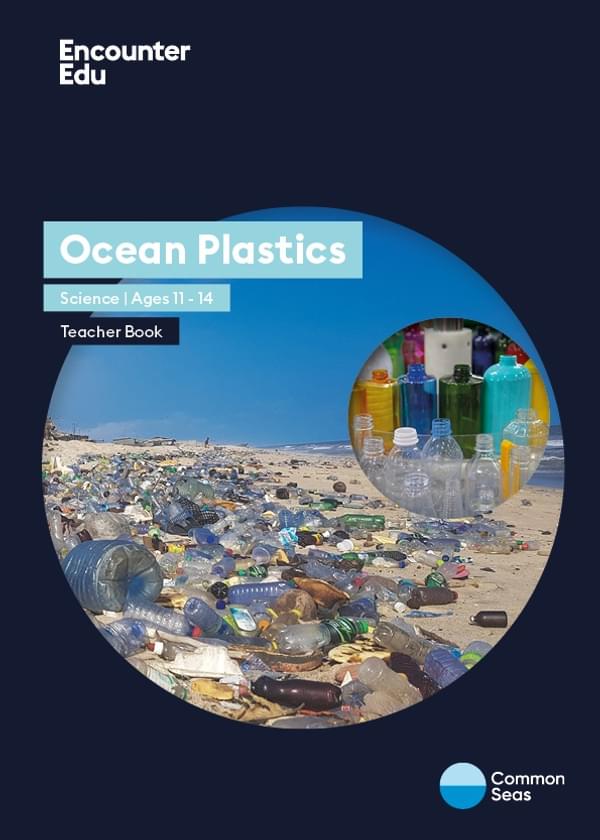Design a plastic biodegrade test

Plastic bags, often made form oil-based polymers, are not widely recycled. This has sparked material engineers to invent commercially available bioplastics, made from natural polymer materials such as starch, which are compostable and degradable.
Part of:
Common Seas Ocean Plastics AcademyIn this activity students will compare how plastic and potato (a proxy for starch-based bioplastic) degrade in different conditions. Please note that results cannot be gathered in the same lesson.
Activity steps
- Use the borer to remove four cylinders of potato.
- Cut all four pieces of potato into the same length.
- Place each potato cylinder into a separate petri dish.
- Cut out four squares of plastic carrier bag into the same sized squares. For example 1cm by 1 cm.
- Add a plastic carrier bag square to each of the four petri dishes already containing a potato cylinder.
- Change the environment for each petri dish (temperature, oxygen availability, moisture). This can be done by putting one near a radiator to increase temperature, tape one closed to reduce oxygen, or placing one under compost to change several conditions at once.
- Leave your samples for a fixed time.
- Return to your samples and make your observations.
Safety guidance
Students may cause injury with knives and cork borers. Demonstrate how to conduct investigation safely.
A top tip is to count the knives and borers handed out and returned, collecting them in after step 1 and 2 of the activity.


Science | Ages 11-14
Ocean Plastics
Ocean Plastics Science ages 11-14 unit is a KS3 teacher resource combining both biology and chemistry. Students discover the journey plastic takes from manufacture, use, and disposal into the ocean. Included are teacher resources that allow students to emulate real research conducted by The University of Plymouth.